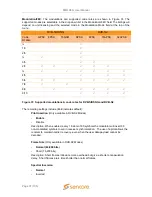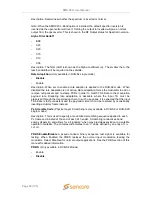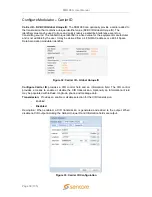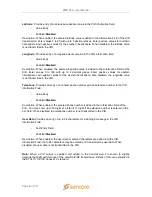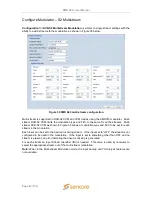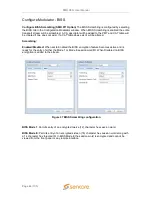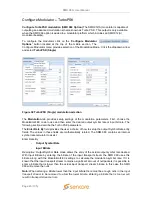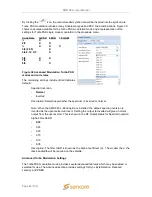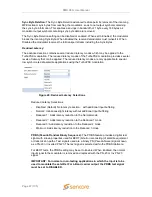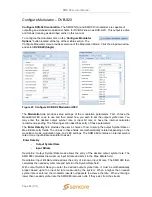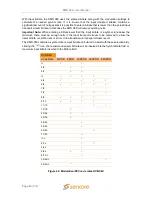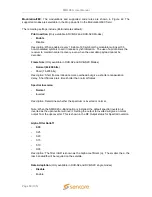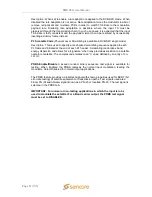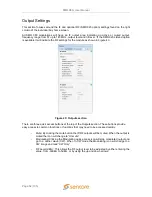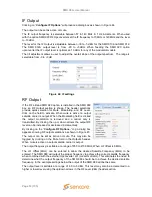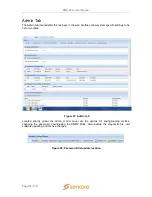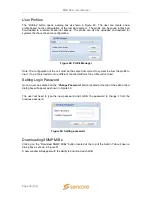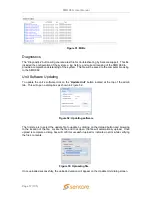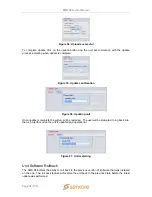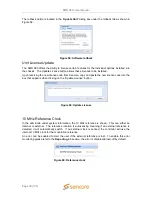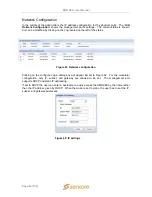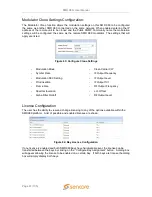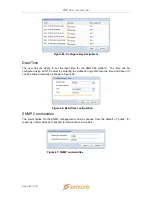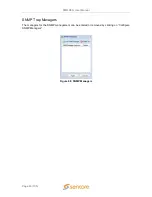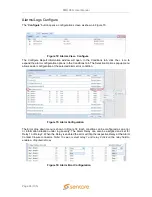
SMD 989
– User Manual
Page 51 (105)
Description:
When set to enable a rate adaption is applied to the DVB-S2X.mode. When
disabled the rate adaptation is not active. Rate adaptation forces the modulator to add or
remove null packets and re-stamp PCRs in order to match TS bitrate to the modulation
payload rate. Disabling rate adaptation is desirable where the input TS must be
preserved through the transmission chain. In such use cases, it is expected that the input
TS bitrate is fairly consistent and the payload mismatch can be resolved by occasionally
inserting a dummy frame instead.
PL Scramble Code
(Physical Layer Scrambling is available in DVB-S2X single mode)
Description:
This is used to specify a randomized scrambling sequence applied to each
PL frame and initiated at the end of each PL header. Scrambling randomizes band
energy dispersion a
nd allows for a “signature” when may provide association to a satellite
operator or satellite. The complex code relates to an “n” value defined by an entry of
0 to
262 141.
PRBS Enable/Disable
A pseudo random binary sequence test signal is available for
testing. When Enabled the PRBS replaces the normal input modulation feeding the
modulator. Select Disabled for normal output applications.
The PRBS feature provides a digital test signal with known properties used for BERT (bit
error rate testing) of satellite equipment or transmission paths. Test signals used are a
binary PN (Pseudo-Noise) signal known as a PN-23 or Inverted PN-23. The test signal is
selected in the PRBS tab.
IMPORTANT: For normal or non-testing applications in which the input is to be
used to modulate the satellite IF or L-Band carrier output, the PRBS test signal
must be set to DISABLED.

